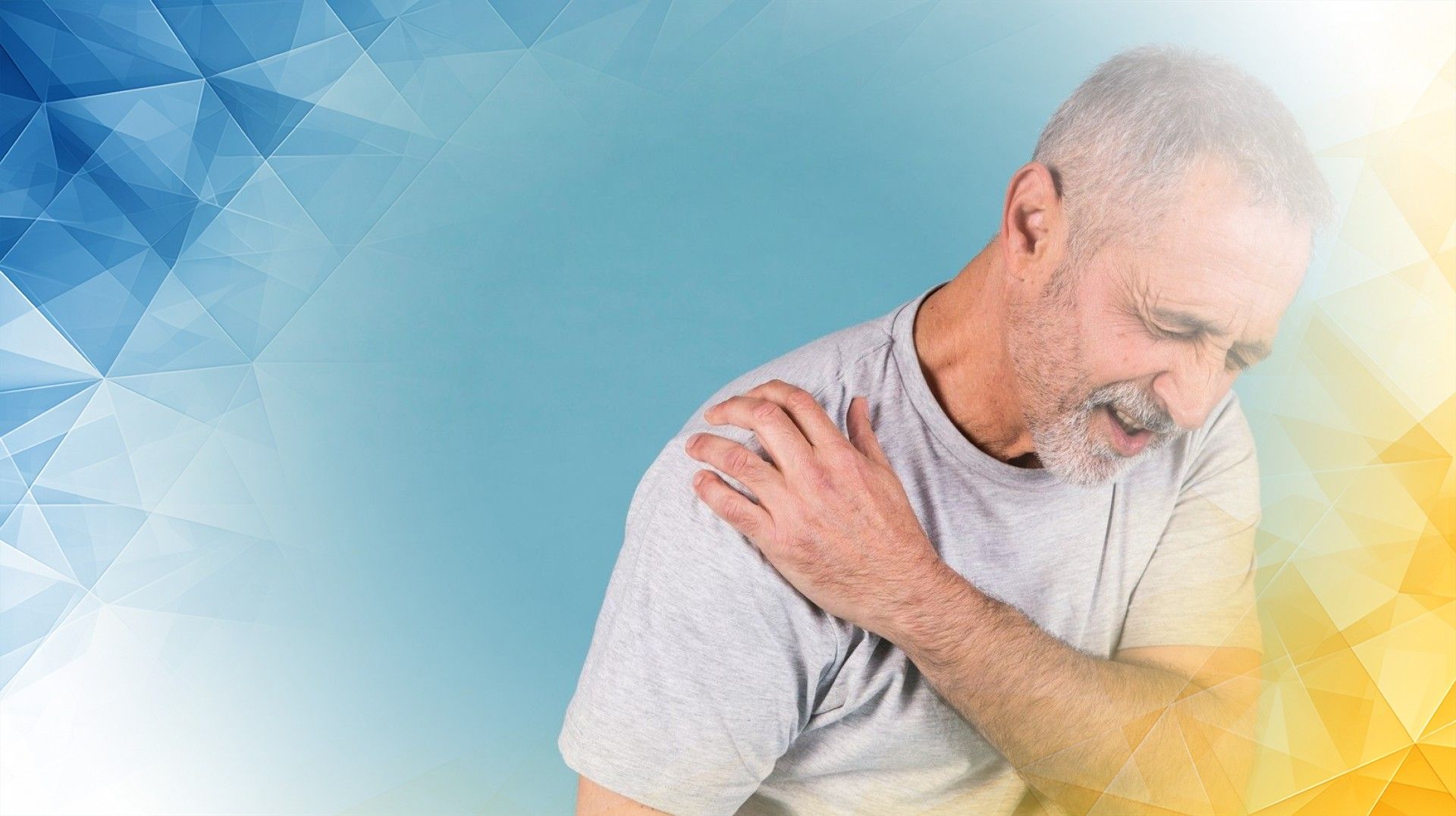



SLAP tears (Superior Labrum from Anterior to Posterior) and other labral tears affect the cartilage that lines and stabilizes the shoulder socket . This cartilage works much like a rubber seal, keeping the shoulder joint secure and allowing for smooth movement. When it’s damaged, people may feel pain, weakness, or even experience their shoulder giving out. An accurate diagnosis is crucial for guiding effective treatment. In this article, we’ll explore the latest advances in imaging techniques that help doctors detect these injuries more precisely and earlier than ever before.
For years, physicians have relied on standard MRI scans and physical exams to diagnose shoulder injuries . While MRI provides valuable information, it can sometimes miss small or complex tears—especially when images lack the detail needed to see subtle injuries . It’s a bit like searching for a hairline crack in a machine using a blurry photo: tiny but important details are easy to miss. This problem has driven researchers to seek out more advanced imaging solutions that offer sharper views of the shoulder . Improved imaging can also help distinguish between true injuries and normal variations in shoulder anatomy, reducing misdiagnosis. Considering that these injuries often result from repetitive use or falls, and are a common yet sometimes subtle source of pain, more precise imaging is essential (Jain et al., 2022).
One major breakthrough is MR arthrography . This technique involves injecting a special contrast dye into the shoulder joint before taking the MRI. The dye highlights the cartilage and labrum, making even tiny tears stand out—like illuminating faint lines on a faded map. Alongside this, ultrasound imaging has grown in importance. Using sound waves to produce real-time moving images, ultrasound allows doctors to observe the shoulder as it moves and to spot problems, such as inflammation or tears, that may not appear on standard scans. These advances together reduce the chances of missing smaller or less obvious injuries and enhance treatment planning (Jain et al., 2022).
MR arthrography reveals labral tears by showing where the contrast dye seeps through the cartilage , pointing to damaged tissue. Newer 3D imaging methods let doctors visualize the labrum from multiple angles, improving their ability to spot complex or hidden injuries . Ultrasound acts as a powerful complement, offering a “live look” at how the tear affects shoulder movement . Radiologists also watch for telltale signs, such as irregularities in cartilage shape or abnormal signals, to determine the tear’s type and severity. By combining these technologies, doctors can more confidently diagnose shoulder injuries and avoid both missed cases and unnecessary procedures. Clear classifications of SLAP tear types on imaging also help guide the most effective treatment strategies (Jain et al., 2022).
Today’s approach to diagnosing SLAP and labral tears starts with a thorough history and physical exam. Based on the findings, doctors choose the imaging technique that best fits the suspected injury, such as MR arthrography or ultrasound. Radiologists then look for specific clues—like dye leakage or telltale changes in the labrum—to confirm the diagnosis. This organized, systematic method leads to more accurate diagnoses and allows patients to receive the most appropriate and individualized care.
The field of medical imaging continues to evolve. Artificial intelligence (AI) tools are now being developed to help read shoulder scans more quickly and consistently, which could make diagnosing these injuries even more reliable. Researchers are also experimenting with ultra-high-resolution scans and cutting-edge imaging techniques that could reveal microscopic details of shoulder injuries . These innovations promise less invasive, more accurate methods for diagnosing and treating shoulder problems in the future.
Recent advancements in radiographic imaging are transforming the way doctors diagnose SLAP and labral tears. By delivering sharper, clearer images of the shoulder ’s intricate structures, these new technologies enable earlier and more accurate diagnoses. As these innovations become more widely adopted, patients with shoulder injuries can look forward to faster recoveries and better outcomes.
Dogan, E., Aydoğmuş, H., & Aydoğmuş, S. (2021). Spinoglenoid notched ganglion cyst with a subtle SLAP tear, and acromio-humeral impingement findings veiling the real radiological picture: An MRI lesson. Springer Science and Business Media LLC. https://doi.org/10.21203/rs.3.rs-521351/v1
Tuite, M. J., Cirillo, R., De Smet, A. A., & Orwin, J. F. (2000). Superior labrum anterior-posterior (SLAP) tears: Evaluation of three MR signs on T2-weighted images. Radiology, 215(3), 841–845. https://doi.org/10.1148/radiology.215.3.r00jn26841
Jain, A., Aniq, H., & Mistry, A. (2022). SLAP Injury and the Superior Labrum. Seminars in Musculoskeletal Radiology, 26(05), 577-584.
All our treatments are selected to help patients achieve the best possible outcomes and return to the quality of life they deserve. Get in touch if you have any questions.
At London Cartilage Clinic, we are constantly staying up-to-date on the latest treatment options for knee injuries and ongoing knee health issues. As a result, our patients have access to the best equipment, techniques, and expertise in the field, whether it’s for cartilage repair, regeneration, or replacement.
For the best in patient care and cartilage knowledge, contact London Cartilage Clinic today.
At London Cartilage Clinic, our team has spent years gaining an in-depth understanding of human biology and the skills necessary to provide a wide range of cartilage treatments. It’s our mission to administer comprehensive care through innovative solutions targeted at key areas, including cartilage injuries. During an initial consultation, one of our medical professionals will establish which path forward is best for you.
Contact us if you have any questions about the various treatment methods on offer.
Legal & Medical Disclaimer
This article is written by an independent contributor and reflects their own views and experience, not necessarily those of londoncartilage.com. It is provided for general information and education only and does not constitute medical advice, diagnosis, or treatment.
Always seek personalised advice from a qualified healthcare professional before making decisions about your health. londoncartilage.com accepts no responsibility for errors, omissions, third-party content, or any loss, damage, or injury arising from reliance on this material. If you believe this article contains inaccurate or infringing content, please contact us at [email protected].